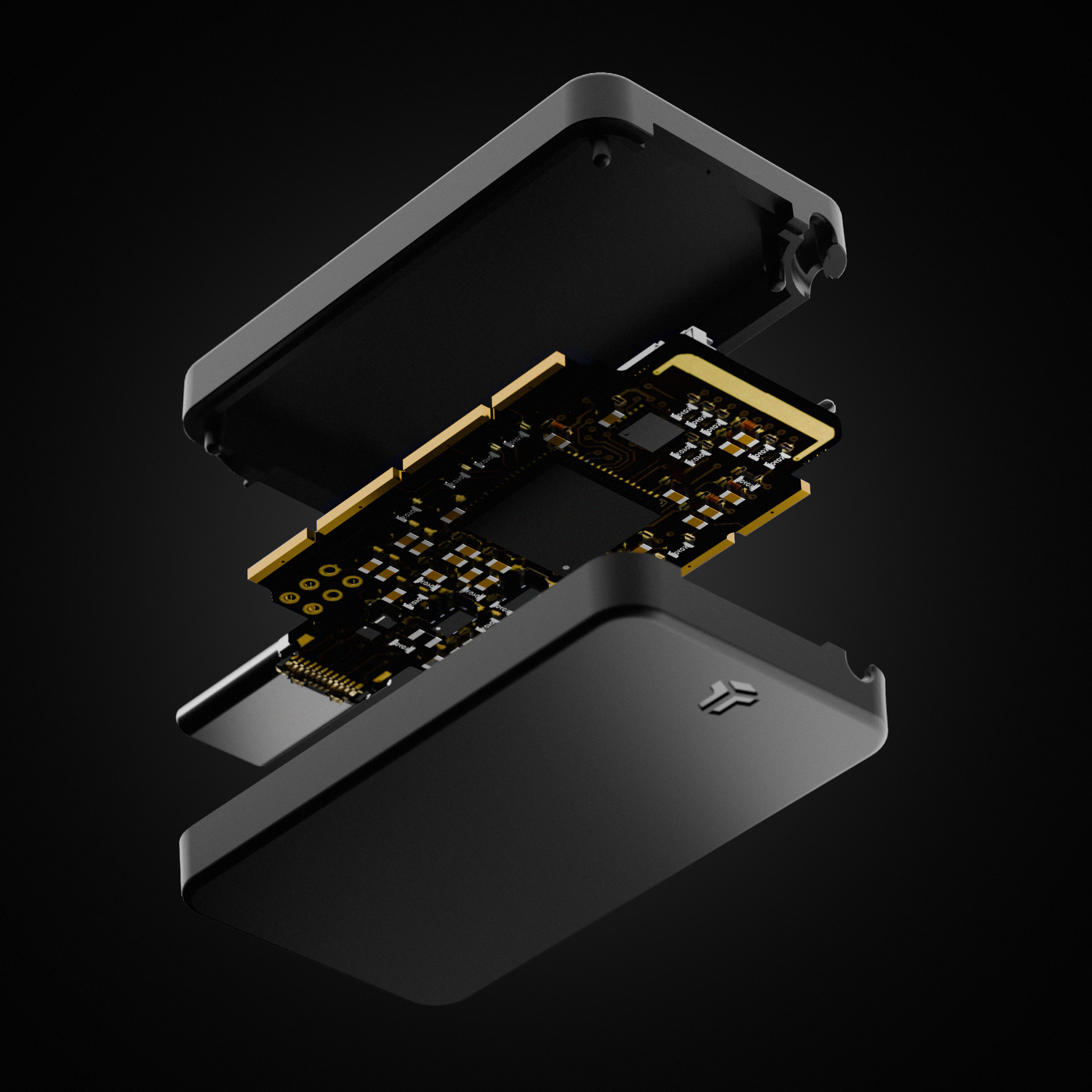Kong Beats Chest To Ward Off Bad AI Connections

MELBOURNE, AUSTRALIA - MAY 27: In this handout image provided by Global Creatures, King Kong ... More performs on stage during a "King Kong" Production media call at the Regent Theatre on May 27, 2013 in Melbourne, Australia. (Photo by James Morgan/Global Creatures via Getty Images)Getty ImagesInterconnectivity enriches software. Beyond mere networking designed to connect one user to another, or one user to a database or some other technology service, the act of interconnectivity at the application code (and lower kernel) level is carried out to create software functions that are greater than the sum of their parts. Very often executed via the use of an application programming interface, APIs exists to weave together one application to another, one application to a smaller component service, to form a connection to a smaller containerized piece of algorithmic logic, or to forge a bond upwards to a higher-level operating system. AI Interconnections Because we are now so focused on where artificial intelligence models connect with data resources, it’s logical enough to see cloud API company Kong Inc. now extend its technology designed to corral and manage the connectivity neurons that are sparking off across AI topograophies and architectures. Kong AI Gateway is so named because it’s a) from Kong b) focused on AI connections and c) acts as a gateway manager to decide what should or should’t connect with what and so deliver AI security and governance guardrails. Updates to this technology include automated retrieval-augmented generation “pipelines” aimed at preventing large language model hallucinations from manifesting themselves inside new agentic AI functions. Pipeline in this sense of the term means the step-by-step processes that an AI model takes to ingest additional domain-specific knowledge from RAG functions, where the pipeline in question typically has a “bounded” endpoint to determine its raison d’être. PII Sanitization, Now Wash Your Hands Kong’s product is also able to manage personally identifiable information sanitization with its PII plugin, which enables the sanitization and protection of personal data, passwords and codes across 12 different human languages and across most AI providers. “As artificial intelligence continues to evolve, organisations must adopt robust AI infrastructure to harness its full potential,” said Marco Palladino, CTO and co-founder, Kong Inc. “With this latest version of Kong AI Gateway, we’re equipping our customers with the tools necessary to implement agentic AI securely and effectively, ensuring integration without compromising user experience. Moreover, we’re helping solve some of the big challenges with LLMs, such as cutting down on hallucinations and improving data security and governance. Finally, since our AI agents are only as capable as the APIs that they can consume, Kong’s AI Gateway complements Kong Konnect API platform, which together delivers the world’s first API and AI control plane to accelerate the business and make it more efficient with AI.” The new automated RAG pipelines feature helps a key LLM challenge i.e. their tendency to hallucinate and provide less than accurate or wildly inaccurate response and results. Kong says that AI Gateway 3.10 will automatically query a vector database to insert relevant data to a prompt as it goes, ensuring the LLM is pulling from a consistent, reliable and up-to-date knowledge source. The improved security and compliance functions now on offer give software engineering teams more control in terms of their ability to consistently improve LLM response accuracy and reduce hallucinations as systems grow bigger and the responsibility to “scale” technologies starts to loom. By offloading the RAG pipeline responsibility to the AI Gateway, this now puts the vector database behind the protective layer that is the Kong AI Gateway. Out-Of-The-Box Low-Code/No-Code “RAG pipelines are effective for mitigating hallucinations, building them is a time-intensive and manual process for developers. AI Gateway 3.10 simplifies this process, helping to improve developer productivity with a low-code/no-code approach to integrating applications with existing pipelines. This is achieved through the AI Gateway’s out-of-the-box capability to generate embeddings for an incoming prompt, then fetch all relevant data and automatically append it to the request,” detailed Palladino and team. Native PII sanitization means software developers can sanitize and protect personal data, passwords and codes. This update (so says Kong) will enable technology stakeholders that we might define as “platform owners” to enforce PII sanitization at a global platform level. This in turn is said to remove the need for developers to manually code the sanitization into every application they are building. In other words, it ensures PII sanitisation is implemented consistently each time. “While other sanitization products may be limited to replacing sensitive data with a token or by redacting it entirely, Kong AI Gateway 3.10 optionally reinserts the original sanitized data into the response before it reaches the end user, based on configuration settings defined by the platform owner,” said Palladino. A New Networking Notion The modern networking engineer now has a lot to think about. They used to spend the majority of their cubicle time focused on system connections, with tasks such as overseeing when mission-critical applications might need access privileges to a company database. Making sure that core application computations do not clash with system downtime caused by database uploads, maintenance or patching is important, but now the networking professional has to also shoulder responsibility for the provenance of APIs, their ability to form the right connections and be aware of their propensity for AI hallucinations and more. These extended networking tasks are of couse what Kong’s core service offering here is designed to circumvent and avoid. We might say that this puts a lot of responsibility on the company i.e. when teams start to rely on Kong to look after the interconnectivity in their IT stacks’ operational substrate, it had better work. Kong clearly needs to stay mighty, let’s wait for the roar.


